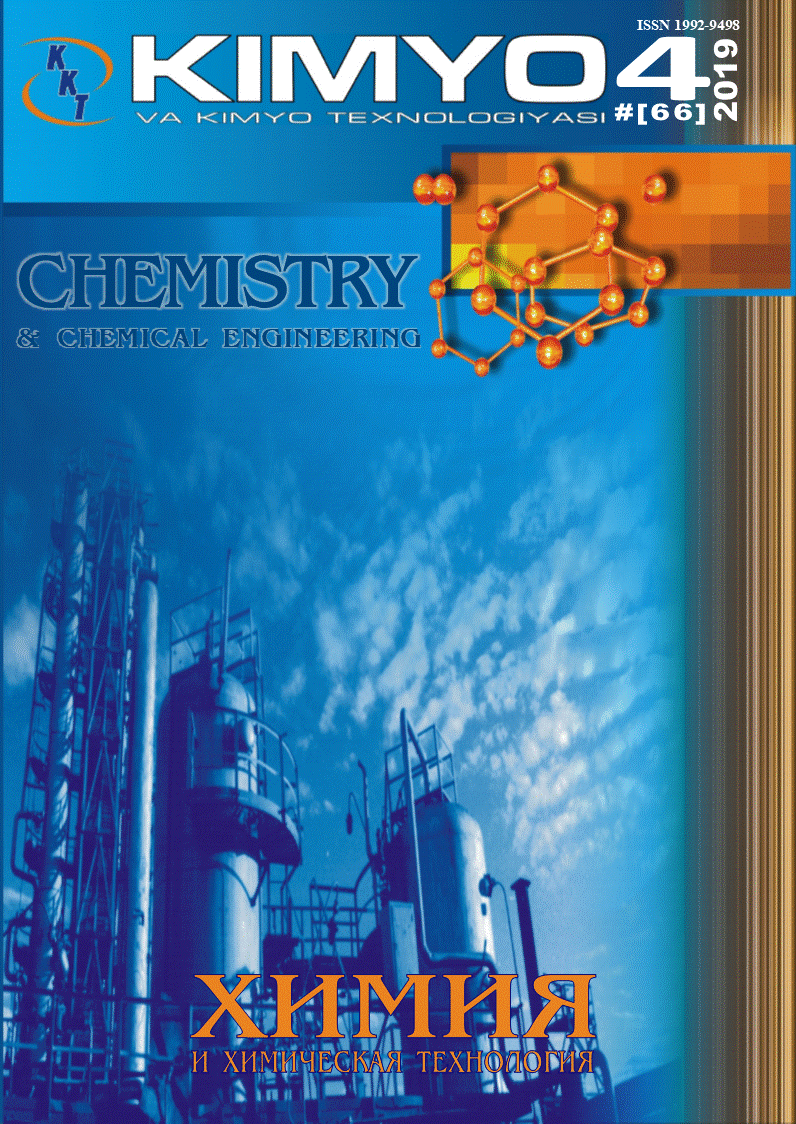
Abstract
The cement industry is currently making various efforts to reduce CO2 emissions. The blended cement produced by lowering the amount of clinker with using mineral additives has expanded as the trials to reduce CO2 emission as well as to utilize its advantageous properties. Standards related to the blended cements have been already set in all regions of the world. It is evaluated and reviewed the standards of the blended cements according to the types and compositions of mineral additives that can be blended, which are covered by the European Standard (EN 197-1:2011), the Euro-Asian Standard (GOST 31108-2020) and the U.S. Standard (ASTM C 595-16), respectively. In accordance with the blended cement standard established in each region, it is necessary to promote and expand the use of the blended cement. Uzbekistan's cement industry also making efforts to expand the market of the blended cements based on the established GOST 31108-2020 standard so that it can actively utilize the advantages of the various physical properties of blended cement and the reduction of CO2 emission as well as the decrease of energy consumption in the cement production.
Recommended Citation
LEE, Geun-Seong; BABAKHANOVA, Zebo; and ARIPOVA, Mastura
(2024)
"IMPACT OF CURRENT STANDARDS ON GENERAL CONSTRUCTION CEMENTS TO ENSURE REDUCED ENERGY INTENSITY AND CO2 EMISSIONS,"
CHEMISTRY AND CHEMICAL ENGINEERING: Vol. 2023:
No.
3, Article 3.
DOI: https://doi.org/10.70189/1992-9498.1606
Available at:
https://cce.researchcommons.org/journal/vol2023/iss3/3
